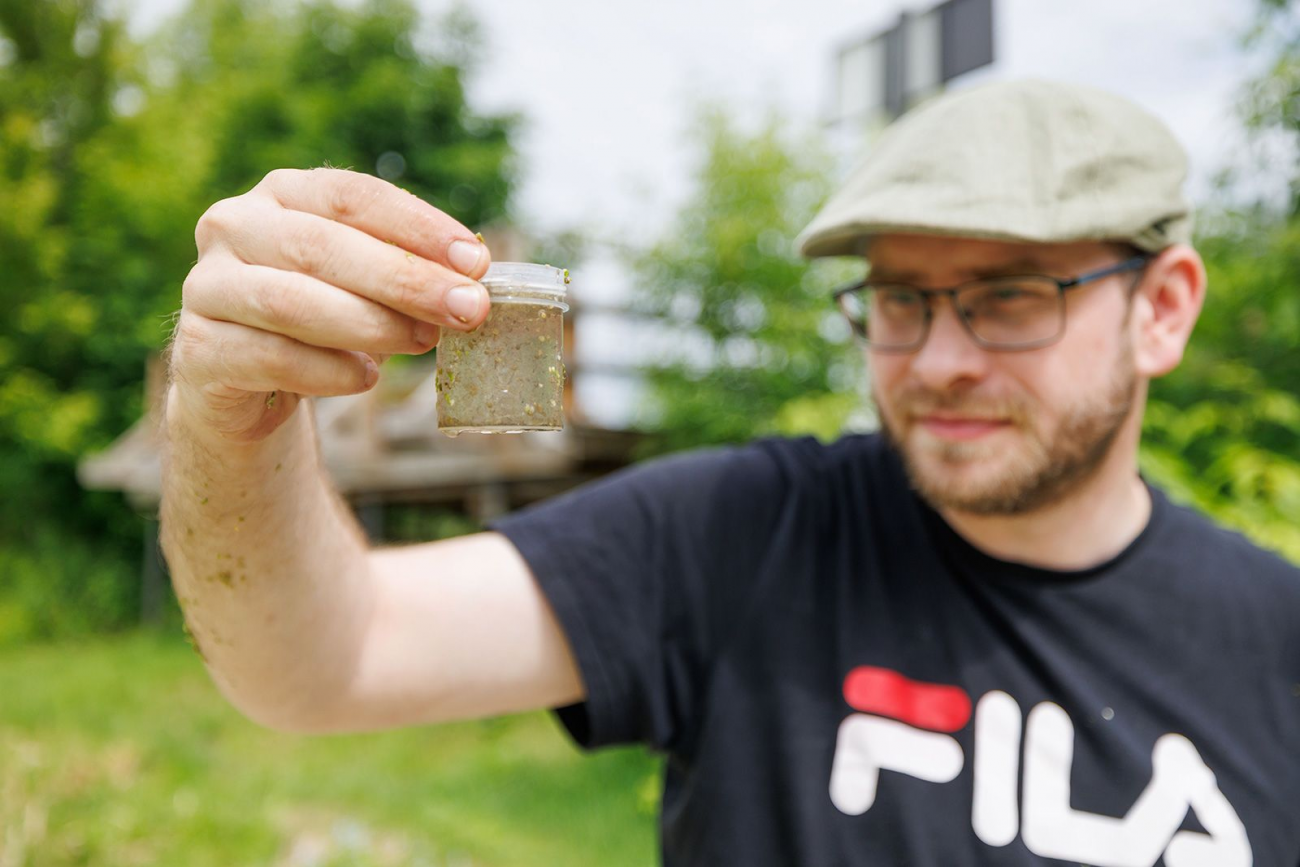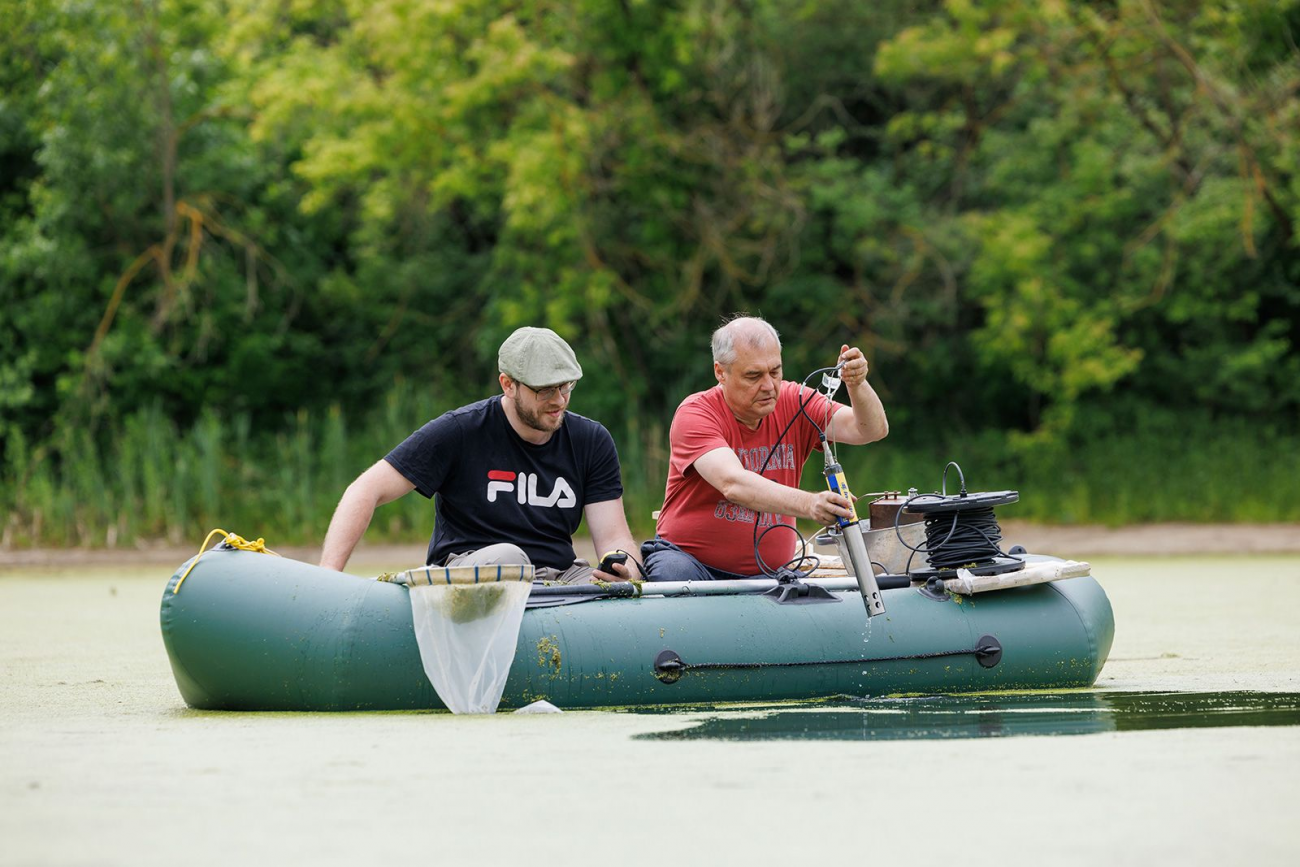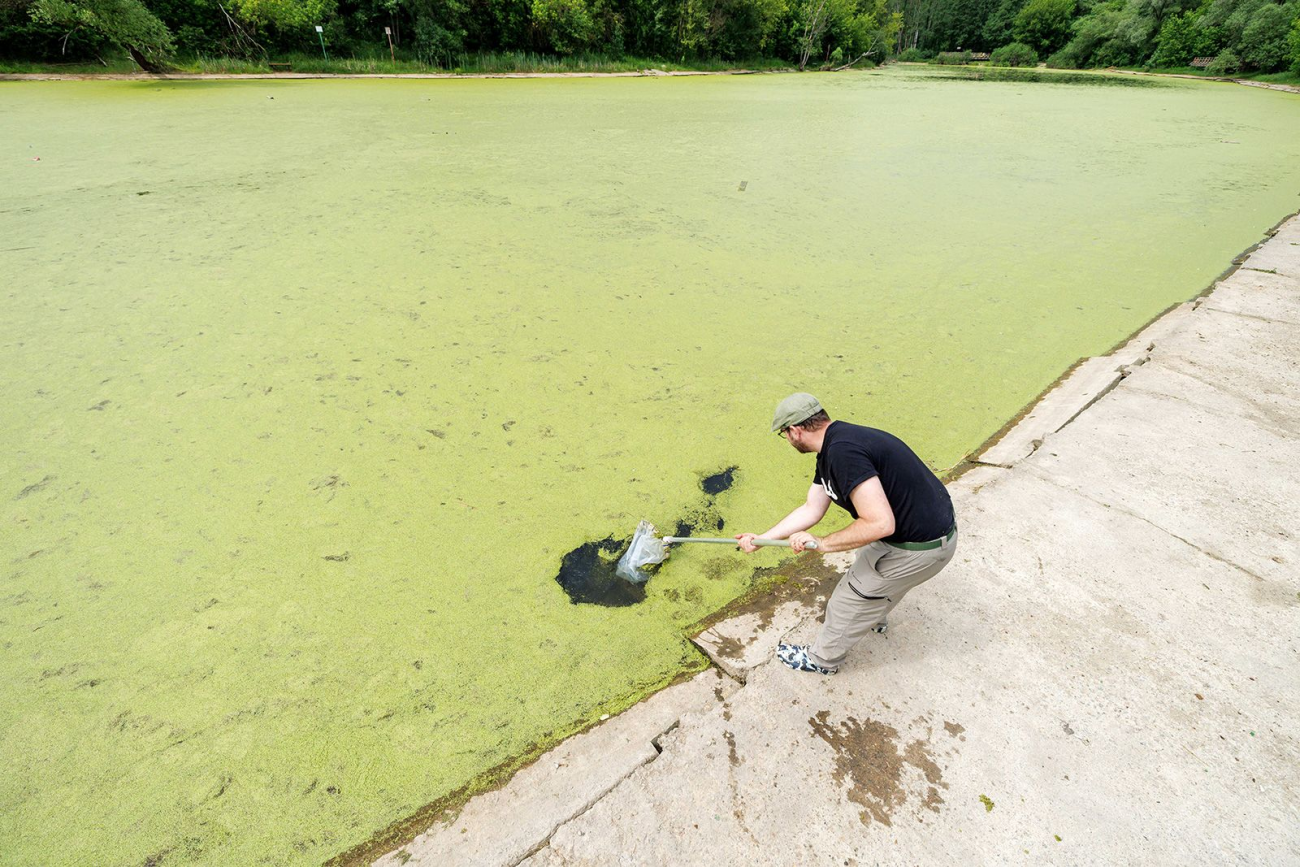
Experts are assessing the condition of the reservoir using bioindicator organisms - zooplankton and benthic organisms living on the bottom.
Large-scale field research continues in the Moscow part of the Losiny Ostrov National Park. Specialists are studying the ecological and recreational condition of the Kazenny Pond.
"Regular environmental studies are the basis for competent management of the capital's natural areas. The city actively supports scientific projects that help track changes in the state of flora and fauna under the influence of humans and climate. This allows us to make effective decisions - not for the short term, but taking into account the future of Moscow as a green, environmentally friendly city," said Yulia Urozhayeva, head of the capital's Department of Nature Management and Environmental Protection.
Last year, a unique large-scale ecological and biological survey was conducted in Losiny Ostrov Park, including more than 80 specialists from five scientific institutes. They identified more than 1,500 species of animals and plants, of which over 200 are rare and protected. Based on the survey results, the experts gave recommendations on supporting vulnerable animal species. In addition, programs for their conservation and restoration were developed.
This year, comprehensive studies of the park's nature continue. In April, a group of scientists, including specialists from the A.N. Severtsov Institute of Ecology and Evolution of the Russian Academy of Sciences, began studying the biodiversity of Losiny Ostrov's water bodies. The experts took samples of phyto- and zooplankton from Babaevsky Pond, as well as benthic organisms living in the soil. Then, hydrobiologists took samples of water and bottom sediments in Kazenny Pond, as well as samples of the upper layer of bottom sediments. This is done to assess the current ecological and recreational state of water bodies. It can change under the influence of external factors, which often has a negative impact on biodiversity, since the life cycle of many organisms is directly related to water.

At the next stage, scientists in the laboratory analyze the species composition of two groups of organisms: testate amoebae (benthic organisms living on the bottom) and cladocerans (representatives of plankton). These microorganisms are bioindicators, where their presence and the structure of their populations can be used to judge the degree of pollution of a reservoir.
Testate amoebae are especially sensitive to heavy metals, oil products and road salt. Cladocerans react to the general organic load.
If plankton shows that the water is relatively clean, and bottom organisms indicate the opposite, this indicates the need for careful and targeted work with bottom sediments, hydrobiologists note.

Specialists also collect deep silt samples that allow us to study how the reservoir's condition has changed over the past decades.
According to scientists, the Kazennyi Pond has a high degree of overgrowth, accumulation of organic matter, and oxygen deficiency in the winter. Such conditions can harm aquatic fauna, so it is necessary to regularly monitor the reservoir's condition.
Based on the data obtained, specialists develop recommendations for improving the pond's condition. One possible measure is to increase flow, for example, by supplying additional clean water or cleaning the drainage channels. This will reduce the concentration of organic matter and restore the ecosystem. It is also important that the reservoir is cleaned more than once. Without a comprehensive approach and regular monitoring, the pond's condition may deteriorate in a few years.

"If you simply clean a reservoir, in 10 years it will be in the same condition again. It is important to improve the functioning of the entire ecosystem - so that aquatic organisms themselves process excess organic matter. This will ensure clean water, sustainable biodiversity and a favorable environment for city residents," the experts noted.
The data collected during field work will form the basis for long-term environmental monitoring and the development of solutions for the restoration and maintenance of the capital's reservoirs.
